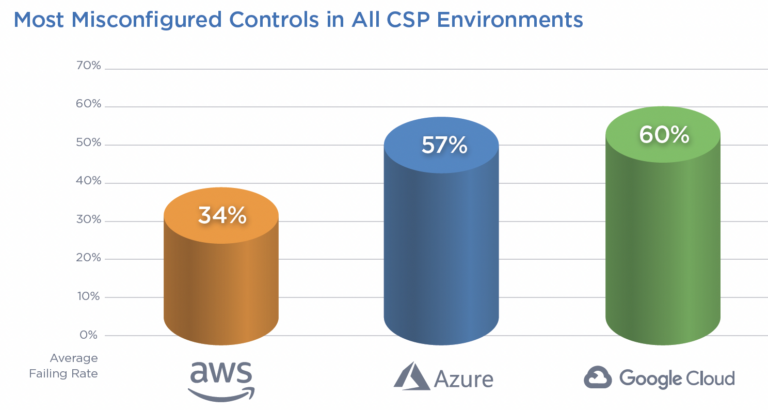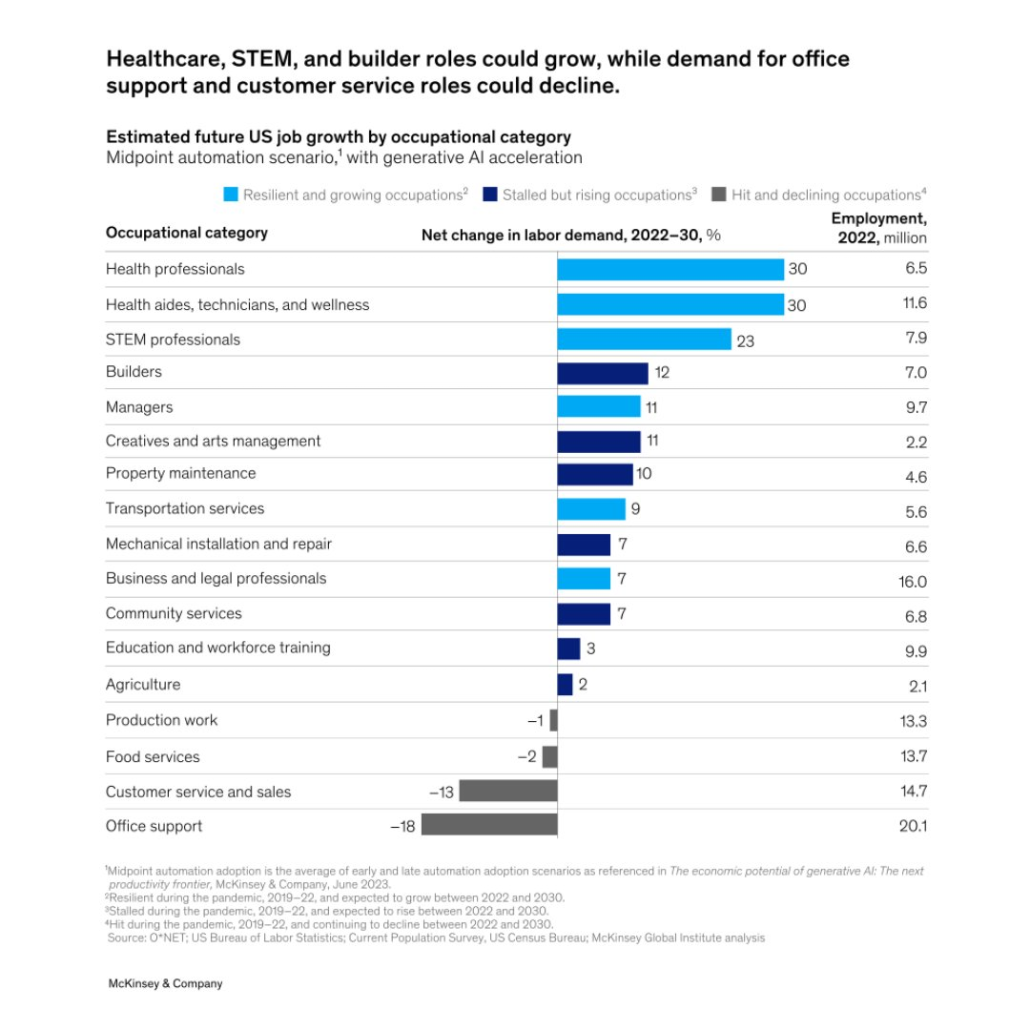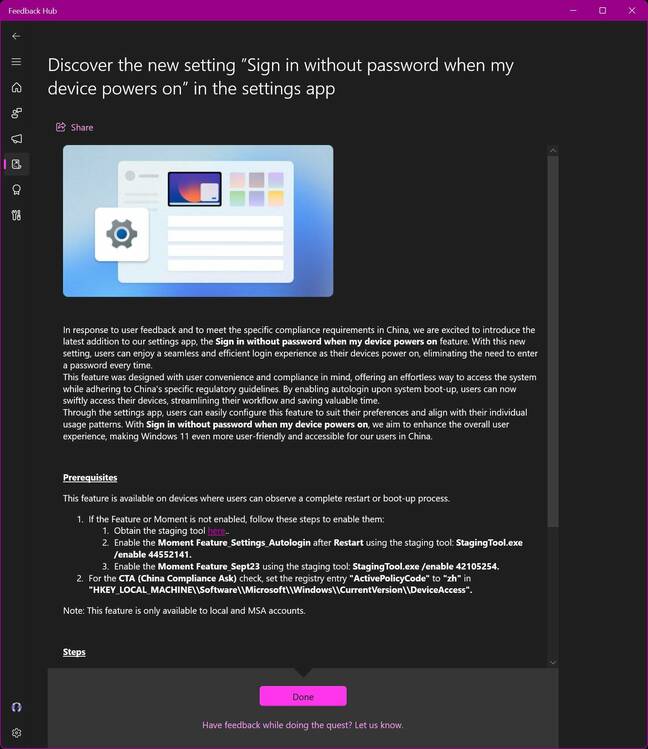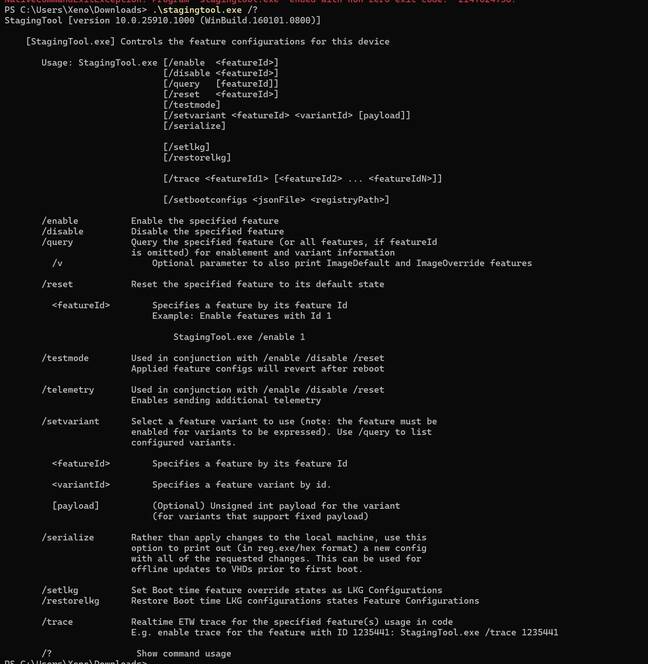Replace Your ISDN Telephony by 2025: Embracing the Future of Business Communication
At its inception in the 1980s, ISDN (Integrated Services Digital Framework) was a game-changer in the telephony industry. It enabled simultaneous voice and data transmission over digital lines, which is still a key function of telephony today, but since then, ISDN has become increasingly obsolete. In the UK, the ISDN and PSTN networks will be switched off entirely. Are you ready for the switch?
Today, there are a range of more valuable and cost-efficient alternatives in the market. In this piece, we outline the reasons why your business should replace its ISDN telephony with modern cloud-based alternatives such as VoIP, focusing on the particular example of the Microsoft Teams Phone System.
The Rise and Fall of ISDN
When ISDN was introduced, it revolutionised business communication by offering faster, more reliable connections compared to traditional analogue telephony systems. It brought digital clarity to voice calls and provided data transfer capabilities that were essential for the usage of the internet in its early days. ISDN allowed businesses to access both voice and data services simultaneously, a groundbreaking concept at the time. However, as technology continued to advance, the limitations of ISDN became increasingly evident.
Disadvantages of Keeping ISDN for Telephony:
While ISDN served businesses well in its prime, the disadvantages of continuing to rely on it for telephony have become increasingly pronounced:
- Limited Bandwidth: ISDN offers limited bandwidth compared to modern broadband technologies, making it increasingly insufficient for supporting the data-intensive applications and multimedia communication of today’s world.
- High Costs: Maintaining ISDN systems involves high equipment expenses, line rental fees, and charges for long-distance calls. These costs are considerably higher than modern alternatives like VoIP.
- Complex Setup: Setting up and configuring ISDN systems can be complex and time-consuming, especially compared to the plug-and-play simplicity of modern solutions.
- Scalability Challenges: Expanding or modifying ISDN systems to accommodate changing business needs can be cumbersome and costly, hindering growth and adaptability.
- Lack of Advanced Features: ISDN lacks the advanced features that modern telephony solutions offer, such as call analytics, CRM integration, call forwarding, and voicemail-to-email transcription.
- Inflexibility for Remote Work: The rise of remote work demands flexible communication solutions that ISDN cannot provide, limiting the ability to support a dispersed workforce effectively.
- Incompatibility with Unified Communication: ISDN falls short in supporting unified communication platforms that integrate voice, video, chat, and collaboration tools for streamlined collaboration. These are being increasingly adopted today.
A Path Forward From ISDN: VoIP and Microsoft Teams Phone System
The path forward is clear: replace your ISDN telephony with modern alternatives that align with the demands of the digital age. VoIP (Voice over Internet Protocol) telephony is one such solution, with a particular example being the Microsoft’s Teams Phone System.
VoIP
VoIP solutions enable telephony to be conducted via an internet connection. A VoIP solution is accessible and manageable via an app; it is seamless to add new users, phone lines, and call packages onto a VoIP solution. Not only this, but also VoIP can work on any internet-connected smart device that can download the VoIP solution provider’s app!
The benefits of VoIP are vast, and they contrast with the disadvantages of ISDN. VoIP telephony can be scaled at the push of a button, it’s remote-work friendly, and it’s a great solution in an application-driven world. VoIP can integrate with other applications such as CRM systems and often has intelligent features such as voicemail to email, as well as call forwarding capabilities. It is also more cost-effective and flexible; with monthly pricing options, minimal hardware investment costs, and it releases the need to support it with physical infrastructure, barring an internet router.
Teams Phone System
For those leveraging the Microsoft 365 platform, the Teams Phone System is often an ideal choice! Like VoIP, it enables staff to make national and international calls over an internet connection, from most smart devices. It’s highly reliable and offers robust connectivity, while bringing the capabilities of an enterprise-grade phone system into a cloud-based and popular platform, Microsoft 365.
The integration with Microsoft 365 enables a truly unified communication solution that brings calling, chats, emails, meeting and calendar management under the roof of one platform. It’s possible to easily add users, numbers and to select call plans, making for an easy to manage and seamless telephony experience for businesses.
Conclusion: The Time is Now
The world is becoming more innovative and connected. While ISDN has served a valuable purpose in offering a foundation for modern telephony and connectivity, there are now superior solutions on the market that can equip businesses with the cost-effective tools that they need to conduct calling seamlessly and efficiently.
In our next piece, we will discuss the practicalities of making a transition from ISDN telephony to more modern alternatives. With modern internet connectivity becoming increasingly available in wired and wireless forms, it has never been a better time to make the change to a modern telephony solution.
We Are 4TC Managed IT Services
4TC can support you with all the services you need to run your business effectively, from email and domain hosting to fully managing your whole IT infrastructure. Setting up a great IT infrastructure is just the first step. Keeping it up to date, safe and performing at its peak requires consistent attention.
We can act as either your IT department or to supplement an existing IT department. We pride ourselves in developing long term relationships that add value to your business with high quality managed support, expert strategic advice, and professional project management. Get assistance with your IT challenges today by getting in touch, we’ll be glad to assist you!









